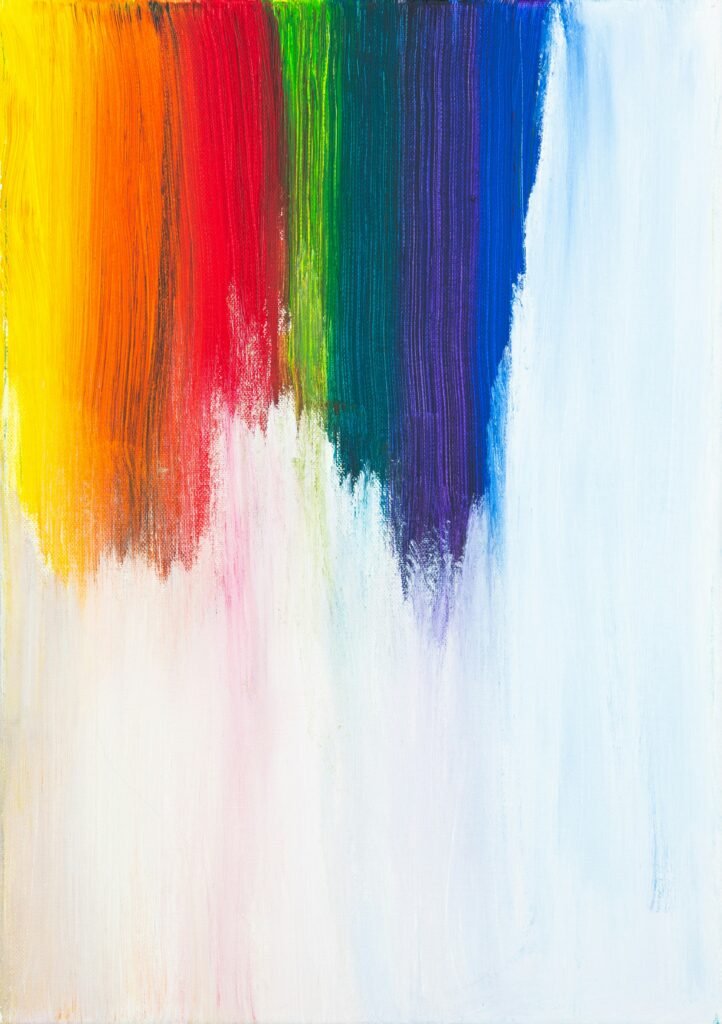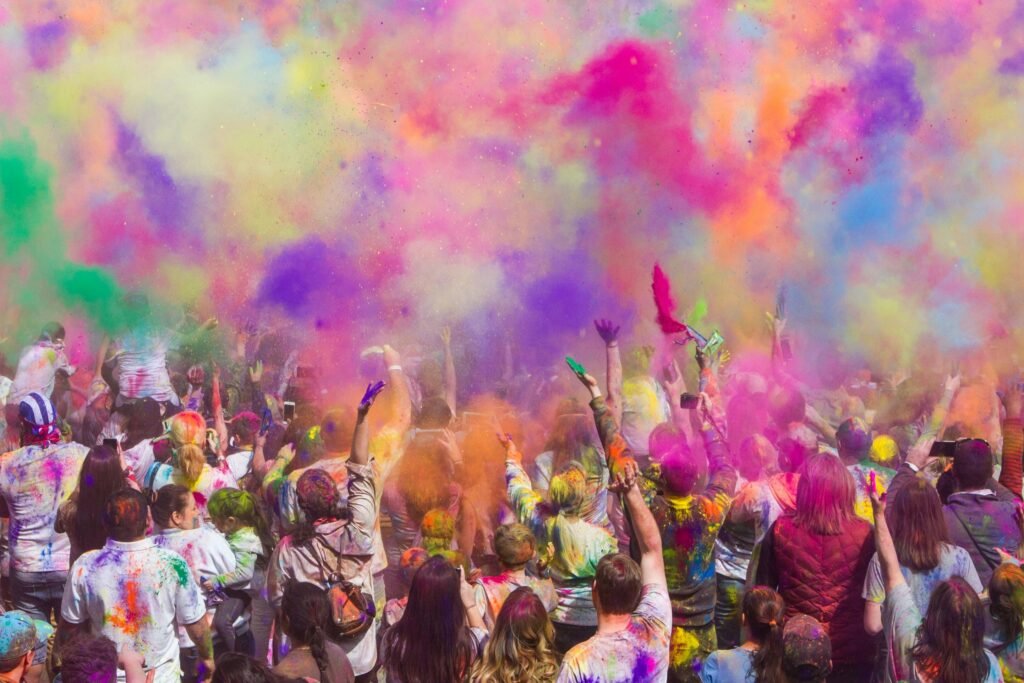The Secrets of Colors: How They Speak to Our Souls in Spirituality
Have you ever taken a moment to think about the amazing power of colors? They have this incredible ability to affect our emotions – they can make us feel joyful, peaceful, or even full of excitement! But here’s something interesting: colors aren’t just about how we feel; they’re deeply intertwined with our spirituality too. Let’s explore why colors matter so much and how they’re connected to what we believe and feel.
Why colors hold a special place in our life?
Colors aren’t just there to please our eyes. They have a profound impact on our emotions and thoughts. When we encounter certain colors, our brains respond in diverse ways. For instance, the serene blue of a clear sky might evoke feelings of peace, while the vibrant red of a sunset might stir up energy within us. It’s as though colors possess a silent language, communicating directly with our hearts and minds.
For example: think about how you feel when you walk into a room painted in different colors. A cozy bedroom painted in soft pastels might make you feel calm and relaxed, perfect for winding down after a long day. On the other hand, a lively kitchen with bright red accents might make you feel energized and ready to cook up a storm. These everyday experiences show just how much colors can influence our moods and emotions without us even realizing it
Lets discuss the significance of colors

- Red: This fiery hue ignites the flames of passion, courage, and action, urging us to pursue our deepest desires with unwavering fervor.
- Blue: Cool, tranquil, and profound, blue serves as a sanctuary for the soul, fostering inner peace, strength, and introspection.
- Green: Rooted in the verdant abundance of nature, green symbolizes growth, renewal, and the ever-unfolding cycle of life.
- Yellow: Radiant and cheerful, yellow illuminates our path with the effervescent glow of happiness, optimism, and boundless creativity.
- Purple: Cloaked in regal splendor, purple embodies spiritual enlightenment, wisdom, and the profound mysteries of the universe.
- White: Pure and pristine, white represents the essence of innocence, divinity, and the infinite potential of a blank canvas waiting to be filled.
Religion and Beliefs:
Now, let’s explore how colors intricately interlace with our spirituality. Many religions and belief systems across the globe employ colors to symbolize various concepts and sentiments. Take, for instance, Hinduism, where the color red embodies notions of passion and love, while white signifies purity and tranquility. Similarly, in Christianity, purple is often associated with majesty and spiritual richness, while green embodies growth and rejuvenation.But the significance of colors isn’t confined to specific religious doctrines alone. Even if you don’t adhere to any particular faith, colors can still hold profound meaning for you. Consider how you feel when you’re bathed in the warmth of a golden-yellow sunrise or enveloped by the serene embrace of a deep blue ocean. These sensations are deeply personal yet resonate with something greater – something spiritual.
We can take an example from India, The festival of Holi in India shows us how important colors are in spirituality. It’s a special time when people celebrate the victory of good over bad.

Holi, known as the Festival of Colors, is a cherished annual event that resonates deeply with millions across the nation. It marks the arrival of spring, heralding a season of renewal and rejuvenation, both in the natural world and within the hearts of individuals. More than just a spectacle of vibrant hues and exuberant revelry, Holi holds profound spiritual significance, rooted in ancient mythological narratives and timeless spiritual teachings.
At its core, Holi embodies the age-old tale of the virtuous triumph of light over darkness, encapsulating the essence of divine grace and cosmic harmony. It is a time when communities come together in joyous celebration, casting aside differences and grievances to embrace the unity of spirit and the shared human experience
Cultural Symbolism:
Cultural symbolism plays a vital role in shaping the identity and values of societies worldwide. It encompasses the rich tapestry of meanings, traditions, and beliefs that are passed down through generations, reflecting the collective heritage and ethos of a community. From the intricate patterns adorning traditional textiles to the symbolic gestures and rituals performed in ceremonies and celebrations, cultural symbolism serves as a language of expression, conveying profound messages about identity, spirituality, and social cohesion. Whether manifested in the vibrant colors of a national flag or the timeless narratives depicted in indigenous art forms, cultural symbolism fosters a sense of belonging and connection, uniting individuals in a shared understanding of their collective past and shaping their aspirations for the future.
In conclusion, Why are colors so important in spirituality? Well, they remind us that we’re all connected in this big world. Each color is like a little message, telling us how everything is linked together. So, next time you see a rainbow or a field full of flowers, take a moment to appreciate all the colors. They’re not just pretty; they’re like special guides, helping us on our journey through life. And who knows? Maybe you’ll discover something about yourself along the way.
